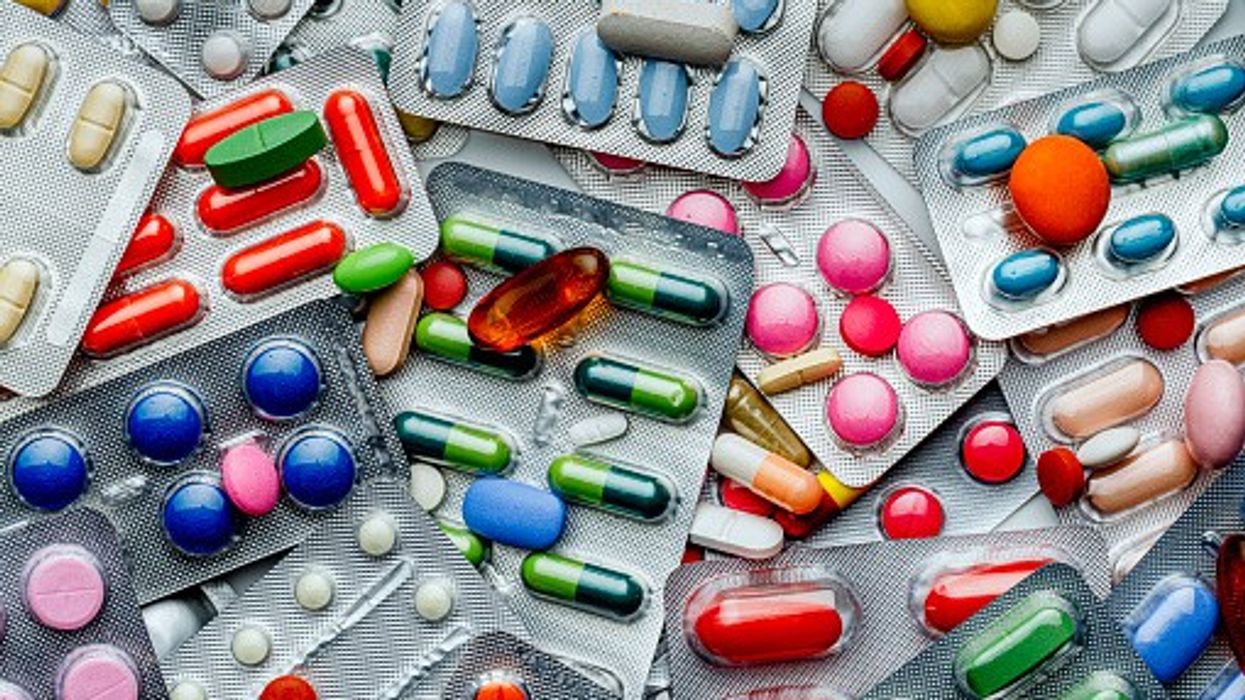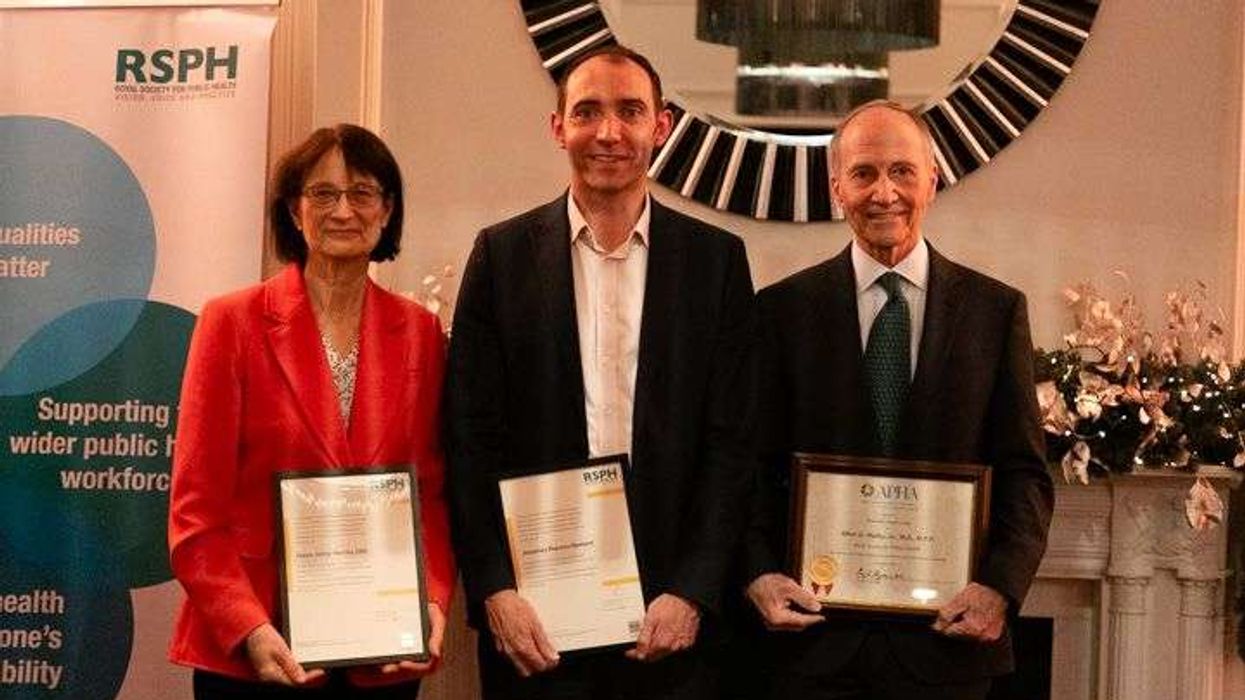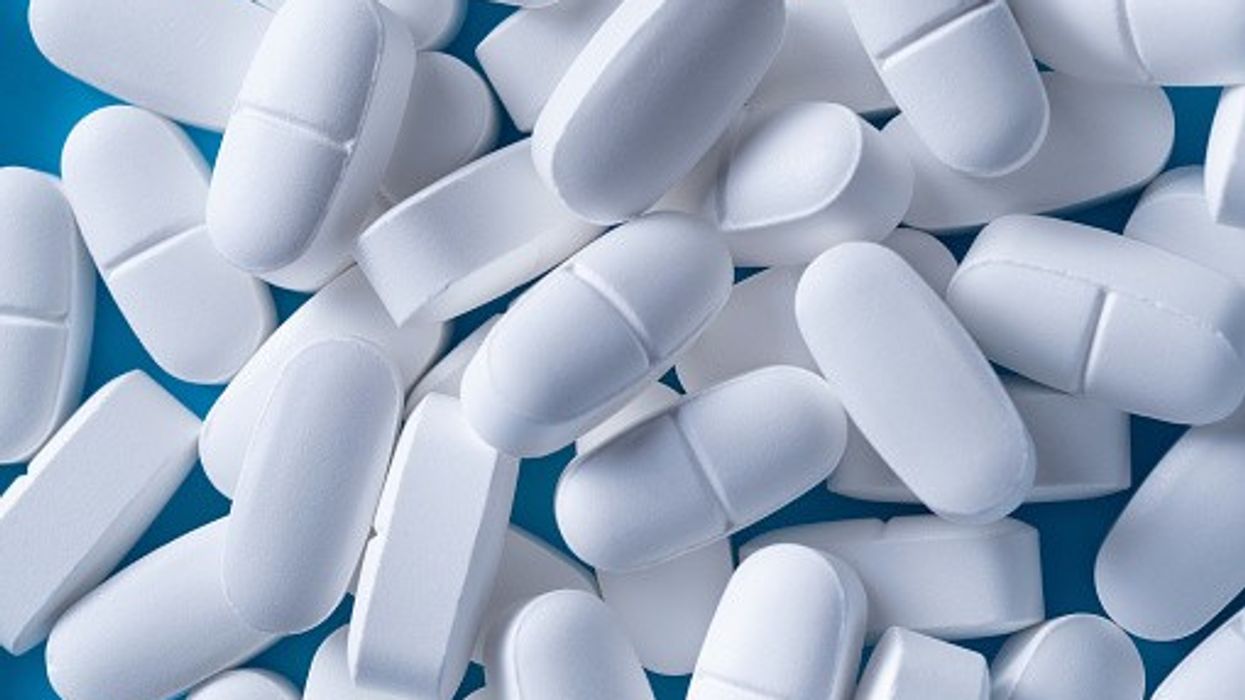The Association of the British Pharmaceutical Industry (ABPI) has criticised the government’s proposed changes to the Statutory Scheme payment rate for newer branded medicines, warning that it reflects a “fundamentally broken” UK medicines market.
The ‘payment rate’ refers to the amount of revenue pharmaceutical companies must return to the government on their sales of branded medicines to the NHS—an additional charge on top of standard taxes.
The Department of Health and Social Care (DHSC) has proposed increasing the payment rate for 2025 to 23.8%, up from 15.5%, citing “higher than expected newer medicines sales growth” in Q2 and Q3 2024
Since this change will not take effect until 1 July 2025, companies that made statutory scheme payments at the lower rate (15.5%) in the first half of the year must pay an uplifted rate of 32.2% from 1 July 2025.
Additionally, the government has proposed further increases, with the statutory scheme payment rate set to rise to 24.7% in 2026 and 26.4% in 2027.
On 14 March, the DHSC launched an open consultation seeking feedback on the proposals, particularly from the pharmaceutical industry and NHS patients.
Record-high payment rates threaten UK life sciences sector
According to the ABPI, the proposed statutory scheme payment rate would set “a new record for any such medicines sales payment scheme in the UK.”
The association argued that rocketing payment rates under both the Statutory Scheme and the associated Voluntary Scheme for Branded Medicines Pricing, Access and Growth (VPAG) are undermining government efforts to make life sciences a key pillar of its industrial strategy.
“The government has rightly identified life sciences as a critical growth sector for the economy, but unless these excessive payment rates under both the VPAG and Statutory Scheme are addressed, the UK will not see the growth and investment we all want,” said Richard Torbett, chief executive of the ABPI.
“We need an urgent ministerial commitment to work with industry to get the UK back to an internationally competitive position,” he added.
The ABPI has also warned that the projected statutory scheme rates for 2026 (24.7%) and 2027 (26.4%) indicate a real risk of continued increases beyond record levels in the coming years unless “ministers intervene to fix the broken system.”
NHS spending on branded medicines
Medicines represent the second-largest share of NHS spending, totalling £20.6 billion in England for the 2023–24 financial year. Of this, £14.4 billion was spent on branded medicines.
Both the Statutory Scheme and the VPAG regulate NHS spending on branded medicines. However, the Statutory Scheme applies to only 2% of the total branded medicines market, as most companies opt into the VPAG, which offers enhanced terms and marginally lower rates.
The government’s proposed increase in the Statutory Scheme payment rate aims to align it with the VPAG headline rate, which has been set at 22.9% for 2025.
“Broad commercial equivalence ensures the stability of both schemes, such that the statutory scheme can provide a viable alternative to the voluntary scheme without undermining the important partnership between industry and government developed under the voluntary scheme agreement,” the DHSC explained.
“The proposals in this consultation are intended to return broad commercial equivalence between the statutory scheme and VPAG following the unexpectedly high growth in newer medicines sales in Q2 and Q3 2024,” it stated.
UK lags behind in medicines investment
The ABPI pointed out that the UK invests a significantly lower share of healthcare spending on medicines compared to other major economies.
Just 9% of the UK’s overall healthcare spending is on medicines, compared to 17% in Germany and Italy and 15% in France.
“The result of limiting government expenditure on branded medicines at levels far below NHS need has led to long-term disinvestment in medicines, while the costs to industry have increased exponentially,” the ABPI said.
This has been further exacerbated by “a rapid expansion of NHS spending, without any corresponding increase to allowed spending on medicine,” it added.
Over the past decade, growth in the UK branded medicine market has been capped—ranging from just 1.1% per year (2014–2018) to 2% per year (2019–2023).
After adjusting for inflation, this growth has actually declined by 11%, while the overall NHS budget grew by 33% in real terms during the same period, the ABPI noted.
The association has emphasised the need to increase investment in innovative medicines and vaccines, describing it as a crucial “fourth shift” necessary to ensure the NHS is fit for the future.













